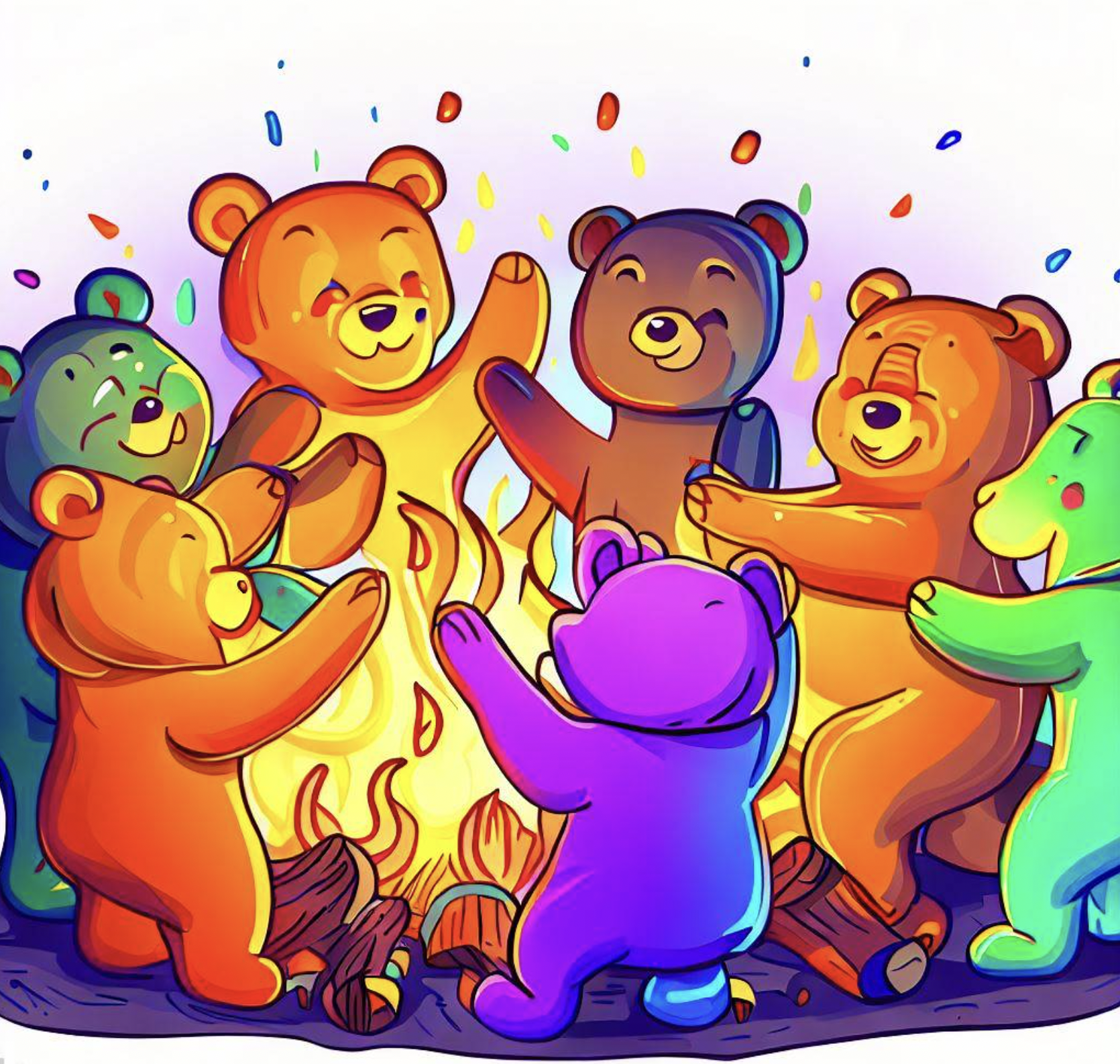The Fallacy of "Culture Fit" in the Workplace

In the quest to build successful teams, many organizations have long relied on the notion of "culture fit" during their hiring process. The idea behind it seems logical: by selecting candidates who align with the company's values, customs, and social behavior, the hope is to create a cohesive and harmonious work environment.
However, the concept of "culture fit" can inadvertently lead to a toxic work culture that stifles creativity, limits innovation, and hampers overall progress. In this article, we will explore why focusing solely on "culture fit" is counterproductive and how embracing diversity can be the key to unlocking a thriving and dynamic workplace.
The Pitfalls
While the concept of "culture fit" may appear harmless on the surface, it can inadvertently perpetuate harmful biases and reinforce existing power structures within organizations. By seeking candidates who align with the status quo, companies unintentionally create an environment that lacks diversity, stifles dissenting voices, and discourages critical thinking.
Anecdotal evidence of the dangers of "culture fit" can be found in numerous workplace experiences. Take, for example, Sarah, a talented and innovative professional who interviewed for a prestigious tech company. During the interview process, Sarah sensed an emphasis on conformity rather than celebrating her unique perspective. The company seemed more interested in finding someone who mirrored their existing workforce, rather than someone who could bring fresh insights and challenge the status quo. Sarah left the interview feeling devalued, realizing that her potential contributions would be overshadowed by the company's rigid adherence to "culture fit."

Moreover, the dangers of "culture fit" extend beyond individual experiences. Homogeneous work environments not only stifle innovation and creativity but also perpetuate biases and limit opportunities for underrepresented groups. Marginalized individuals, such as women, racial minorities, and members of the LGBTQ+ community, often face additional barriers when their unique perspectives and experiences are not valued in the workplace. By perpetuating a culture that prioritizes conformity over diversity, organizations inadvertently exclude talented individuals from underrepresented groups and perpetuate systemic inequalities.
Another critical pitfall of "culture fit" lies in the missed opportunities for growth and learning. When organizations surround themselves with like-minded individuals who share similar backgrounds and experiences, they inadvertently create echo chambers that hinder progress. Without the inclusion of diverse perspectives, companies become susceptible to blind spots, making it difficult to identify potential risks, anticipate market changes, and seize new opportunities.
Diversity Breeds Success
Research consistently demonstrates that diverse teams outperform homogeneous ones. A study conducted by McKinsey & Company found that companies with diverse workforces were 35% more likely to have higher financial returns than their industry counterparts. Additionally, a Harvard Business Review analysis revealed that diverse teams solve problems more effectively and make better decisions compared to homogenous teams.
The inclusion of diverse perspectives and experiences fosters a broader range of ideas, fuels creativity, and enables organizations to navigate complex challenges more effectively.
The Power of Different Mindsets
The strength of a team lies not in the uniformity of its members, but in the diverse range of mindsets they bring to the table. When organizations dare to embrace individuals with different mindsets, cultures, and backgrounds, they unlock a powerful engine for innovation and growth.
When different mindsets collide, friction emerges, and with it comes the opportunity for growth and transformation. It is in these moments of tension that the seeds of innovation are sown. By encouraging open dialogue and fostering a culture that values diverse perspectives, organizations can cultivate an environment where healthy debate is celebrated, enabling teams to challenge assumptions, explore new possibilities, and arrive at more robust and creative solutions.

Moreover, different mindsets help organizations stay ahead of the curve in an ever-evolving business landscape. In today's interconnected world, companies must navigate a complex web of cultural nuances, global markets, and rapidly changing technologies. A team comprised of individuals from diverse backgrounds brings a wealth of knowledge and insights that can help organizations navigate these challenges with agility and adaptability. They are better equipped to anticipate market shifts, understand customer needs, and identify untapped opportunities that would have otherwise remained hidden in a homogenous environment.
The power of different mindsets extends beyond innovation and problem-solving. It also fosters a sense of inclusion and belonging within the workforce. When employees see their unique perspectives and experiences valued, they feel a greater sense of engagement and motivation. This, in turn, leads to increased productivity, higher job satisfaction, and lower turnover rates. By creating an environment where everyone's voice is heard and respected, organizations can harness the full potential of their diverse workforce.
Challenges and Opportunities
It is important to acknowledge that embracing diversity is not without its challenges. Diverse teams may face initial hurdles in communication, understanding, and collaboration.
However, these challenges provide opportunities for growth and learning, fostering a more inclusive work culture. By actively encouraging open dialogue, promoting empathy, and investing in diversity training, organizations can create an environment where differences are celebrated and leveraged for collective success.
Promoting Inclusion and Empathy
To move beyond the limitations of "culture fit," organizations must prioritize inclusion and empathy. Inclusive work cultures embrace diversity, promote equal opportunities, and provide platforms for all voices to be heard. Companies should create an environment where employees feel valued for their unique contributions, irrespective of their cultural background.
This can be achieved by implementing diverse hiring practices, establishing mentorship programs, and offering employee resource groups that cater to different cultures and identities.

Conclusion
In today's rapidly evolving world, the notion of "culture fit" hinders progress and stifles innovation. Instead, organizations must shift their focus toward embracing diversity and inclusivity. By daring to bring on individuals with different mindsets, cultures, and experiences, companies unlock a wealth of knowledge, creativity, and innovation. A diverse workplace fosters a dynamic, thriving environment that celebrates individuality, promotes collaborative problem-solving, and propels organizations toward a brighter and more successful future. Let us break free from the limitations of "culture fit" and pave the way for a truly inclusive and forward-thinking work culture.
Member discussion